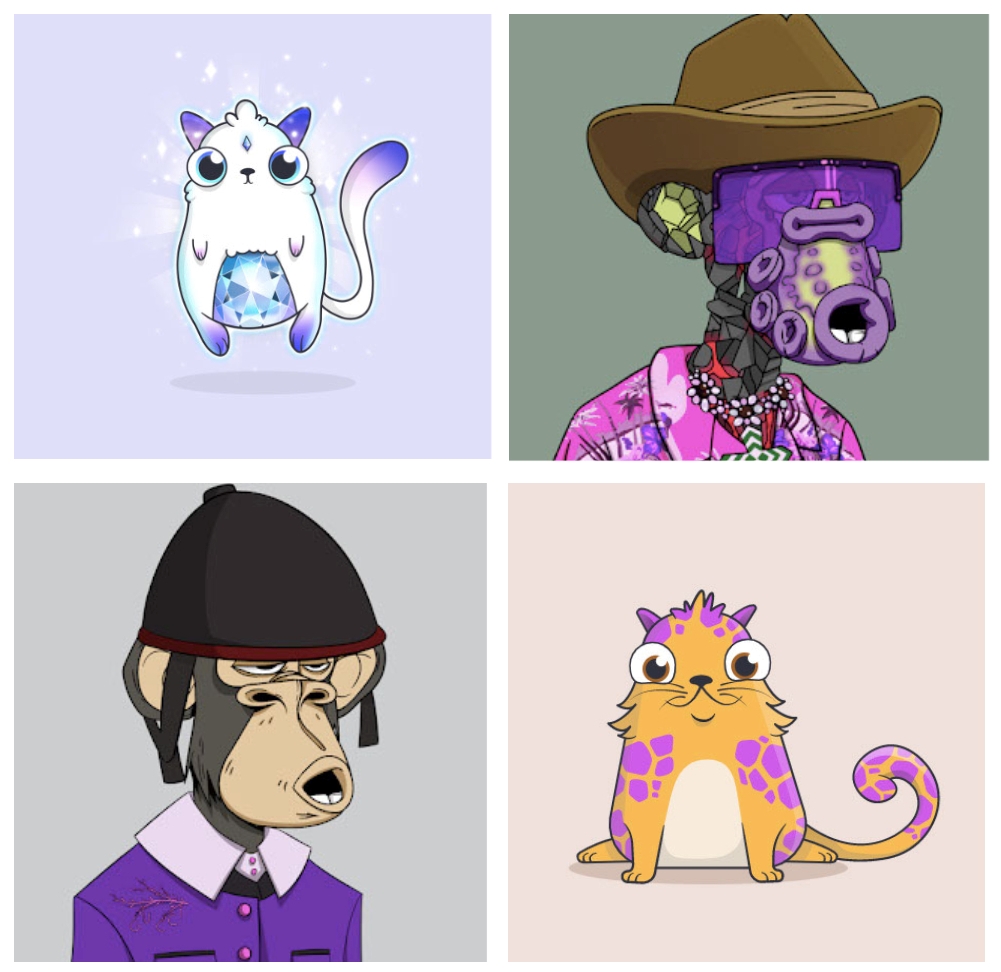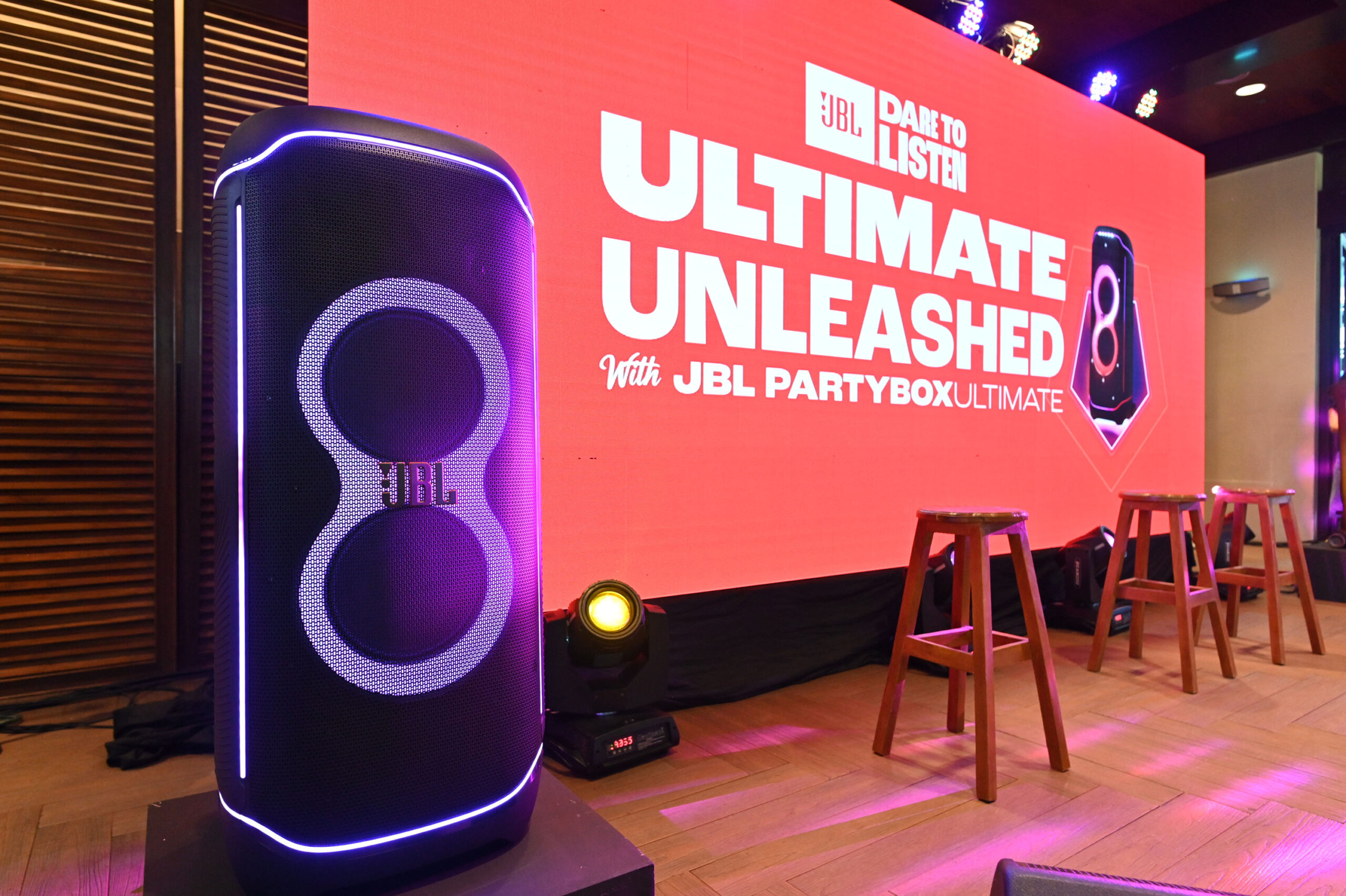
When you own non-fungible token, you have digital asset that is entirely original. It’s yours and yours alone
Nowadays, NFTs are all the rage. You’ve heard them being talked about, and you might already dabble in them. In Manila, many people, particularly in the art world, began chattering about them during the pandemic.
In fact NFTs actually came into existence several years ago. Depending on whom you ask, their popularity seems to have begun around 2017. (Some say they were invented in 2014.) In 2017, CryptoKitties, a collection of mischievously-drawn felines, were originally given away, at no cost. Now, CryptoKitties go for about $100,000 or more. CryptoPunks NFTs, which also came into fruition at the same time, now sell for over $1million.

But what exactly are NFTs? The word stands for non-fungible token, which means they cannot be sold via fungible tokens such as everyday dollar bills. An NFT is an entry into a blockchain, the same technology that embodies cryptocurrencies like bitcoin. NFTs are sold using cryptocurrency. But unlike bitcoin, which is fungible, tokens on NFTs are unique. They represent special, one-of-a-kind items. Because of this, they are authentic. When you own an NFT, you have a digital asset that is entirely original. It’s yours and yours alone, and can’t be replicated. The good’s value is protected, and it can’t be forged. Many things have the potential to be NFTs, such as land registrars, marriage certificates, and even driver’s licenses!
Because many people don’t see crypto psychologically as money, its dollar or peso value is blurry: an NFT has no real pricing anchors nor references. This can cause an increase in a consumer’s willingness to pay, and marketplaces online for NFTs often rise at steroid-like proportions. This could be a reason an NFT works so well in the art world and can dramatically increase its price. It can also feel a bit iffy: the market has wild swings in price, similar to what its relative, bitcoin, experiences.
‘NFTs are the biggest reorientation of power and control back into the hands of an artist…since the Renaissance’
The NFT blockchain boom began three years ago. Worth only $42 million in 2019, by the end of 2020, it had grown to $338 million in value. At the beginning of this year, the amount of NFTs sold was five times that in 2020. Said Robert Alice, an artist based in London, in a Forbes.com article, “NFTs are the biggest reorientation of power and control back into the hands of an artist…since the Renaissance.” Alice sold an NFT nearly 10 times its estimated price at Christie’s several months ago.
Luxury brands have embraced the world of NFTs. Burberry created Blankos Block Party in collaboration with Mythical Games, which featured limited-edition NFTs, a first in the gaming market. Louis Vuitton also came out with Louis the Game to celebrate Louis Vuitton’s 200th birthday several months ago. There are 30 historical postcard NFTs to be found inside the game, all of which are hidden. New quests are constantly added, and there is a historical angle in the game, putting Louis Vuitton in a powerful position to extend its brand values to newer, younger, potential consumers. There was also a raffle where players could participate.
According to Louis Vuitton, the game has been downloaded over two million times.
In other LVMH NFT news, Tiffany & Co. recently bought a $380,000 NFT artwork.
‘They’re now looking to create assets users can purchase, to deck their digital selves out in virtual Gucci’
Meanwhile, LVMH rival Kering has made huge investments. With multiple NFT drops, virtual real estate and other similar offerings, Kering leads the way in the Metaverse. Gucci and Superplastic collaborated on an NFT project called Supergucci where 500 NFTs were created by Gucci’s creative director Alessandro Michele and the artists Janky and Guggimon. Pieces featured parts of Gucci’s Aria collection. Guccighost, an artist who has utilized several Gucci products in his NFTs, has helped to widen Kering’s NFT world. Although Guccighost was not hired directly by Gucci, Gucci has embraced his NFT masterpieces. Gucci also unveiled the Gucci Grail NFTs last March with 10KTF. According to SHOWstudio, “One of the main reasons luxury brands like Gucci are getting involved with creating digital worlds, which make up the evolving metaverse, is because users need to curate their own appearances, just as they would in real life. It’s little surprise then that they’re now looking to create assets users can purchase, to deck their digital selves out in virtual Gucci.”

Hermès, on the other hand, sued NFT creator Mason Rothschild over a line called “MetaBirkins,” digital assets inspired by the Birkin bag. In some online interviews such as nftnow.com, Rothschild said that the NFTs weren’t actual bags and were under the Rights of the First Amendment of the United States.
Just a few weeks ago, an NFT collection called Cristobal Balenciaga: To the Moon was launched by artist Lorenzo Riva, who worked in Balenciaga in the 1980s. Although not technically made by the Balenciaga brand, the label supported the work, and NFT owners handpicked by Riva had the chance to receive 70-year-old drawings by Cristobal Balenciaga. And recently, Balenciaga itself launched NFTs in China. Balenciaga offers two games as part of the brand’s programs on Wechat. Players are given the chance to collect Balenciaga items by searching rooms in the game.
Prada launched 100 NFTs to coincide with the release of its Timecapsule apparel
Prada and Adidas created the Prada Re-Nylon collection, which included the Adidas for Prada Re-source collaboration. The project was an NFT collection curated by the artist Zach Lieberman, and had fans submitting their own photos. The winning NFT sold for almost $100,000. Just a few days ago, Prada launched 100 NFTs to coincide with the release of its Timecapsule apparel. Buyers will receive a free NFT to match physical items from their collaboration with Cassius Hirst, the son of artist Damien Hirst. The unisex shirts will come in black or white.
Then there are those who are pioneers in the world of fashion NFTs, such as RTFKT, which included NFT sneakers in their offerings. In 2021, RTFKT sold NFTs, with the buyer to receive actual physical sneakers a few weeks later. There were $3.1 million in sales in seven minutes. Nike bought RTFKT for $33 million. In the meantime, an NFT platform for fashion and luxury Arianee recently raised $20 million.
Said Daniel Langer, CEO of the luxury, lifestyle and brand strategy firm Équité, in an interview with jingdaily.com, “The NFT market will consolidate at some point and brands that were too fast or not strategic, differentiated, and daring enough in their NFT initiatives may pay a high price later. Brands need to master the art of luxury storytelling when it comes to this new category. Importantly, like in the physical world, brands need to obsess about what kind of value they create for their clients. Only then will NFTs become long-term value creators.”

Originally published in TheDiarist.PH





